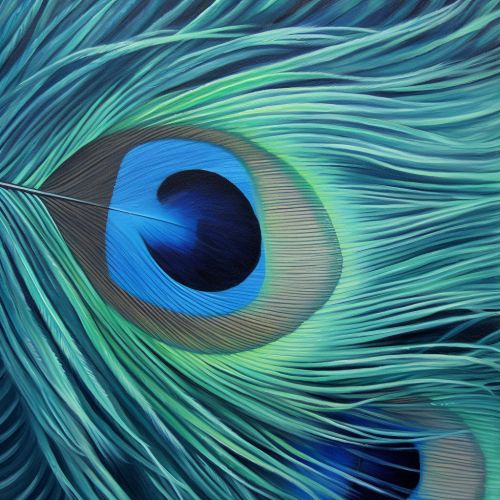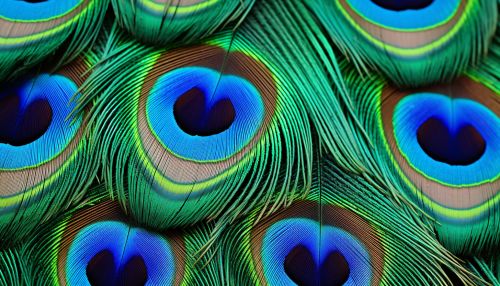Structural Coloration in Animals
Introduction
Structural coloration is a phenomenon observed in the animal kingdom where the color of an animal's surface is influenced by the microstructure of its tissues rather than by pigments. Unlike pigmentation, which relies on the absorption of certain wavelengths of light by molecules, structural coloration involves the interaction of light with the physical structures present on an animal's surface. This can result in a variety of visually striking effects, such as iridescence, metallic sheen, and even color change.


Mechanisms of Structural Coloration
Structural coloration in animals can be produced by several mechanisms, including interference, diffraction, and scattering.
Interference
Interference occurs when light waves interact with each other, either amplifying or canceling each other out. This is the principle behind the iridescent colors seen in the feathers of birds like peacocks and hummingbirds, as well as the shells of certain beetles. The color observed depends on the thickness and spacing of the microstructures, as well as the angle of observation.
Diffraction
Diffraction involves the bending and spreading of light waves as they pass around or through small openings. This mechanism is responsible for the rainbow-like colors seen on the wings of certain butterflies, such as the Morpho species, which have tiny scales on their wings that act as diffraction gratings.
Scattering
Scattering refers to the redirection of light in various directions. In the context of structural coloration, this is often due to tiny structures on the animal's surface that are smaller than the wavelength of light. The blue color of the sky is a well-known example of scattering, and a similar mechanism is responsible for the blue color of certain birds and insects.
Examples of Structural Coloration in Animals
Structural coloration is widespread in the animal kingdom, with examples found in a variety of taxa.
Birds
Many birds exhibit structural coloration, with the peacock being one of the most well-known examples. The vibrant blues and greens of a peacock's tail feathers are not due to pigments, but rather to microstructures that interfere with light. Similarly, the iridescent throat patch of a hummingbird is a result of structural coloration.
Insects
Insects also display a wide range of structural colors. The Morpho butterflies of Central and South America, for instance, are renowned for their brilliant blue wings, which are a result of light diffraction by the microscopic scales on their wings. Some beetles, such as the jewel beetle, exhibit metallic colors due to thin-film interference by layers in their exoskeleton.
Fish
Structural coloration in fish is often used for camouflage or communication. For example, the neon tetra, a popular aquarium fish, has a metallic blue line running along its body that is a result of interference by layers of guanine crystals in its skin cells.
Implications and Applications
The study of structural coloration in animals has implications for a variety of fields, including biology, physics, and materials science. It can provide insights into animal behavior, evolution, and ecology, as well as inspire new materials and technologies.
For example, understanding how animals use structural coloration for camouflage can inform the design of military and civilian camouflage. Similarly, the optical properties of structurally colored materials can be harnessed for use in sensors, displays, and other optical devices.
